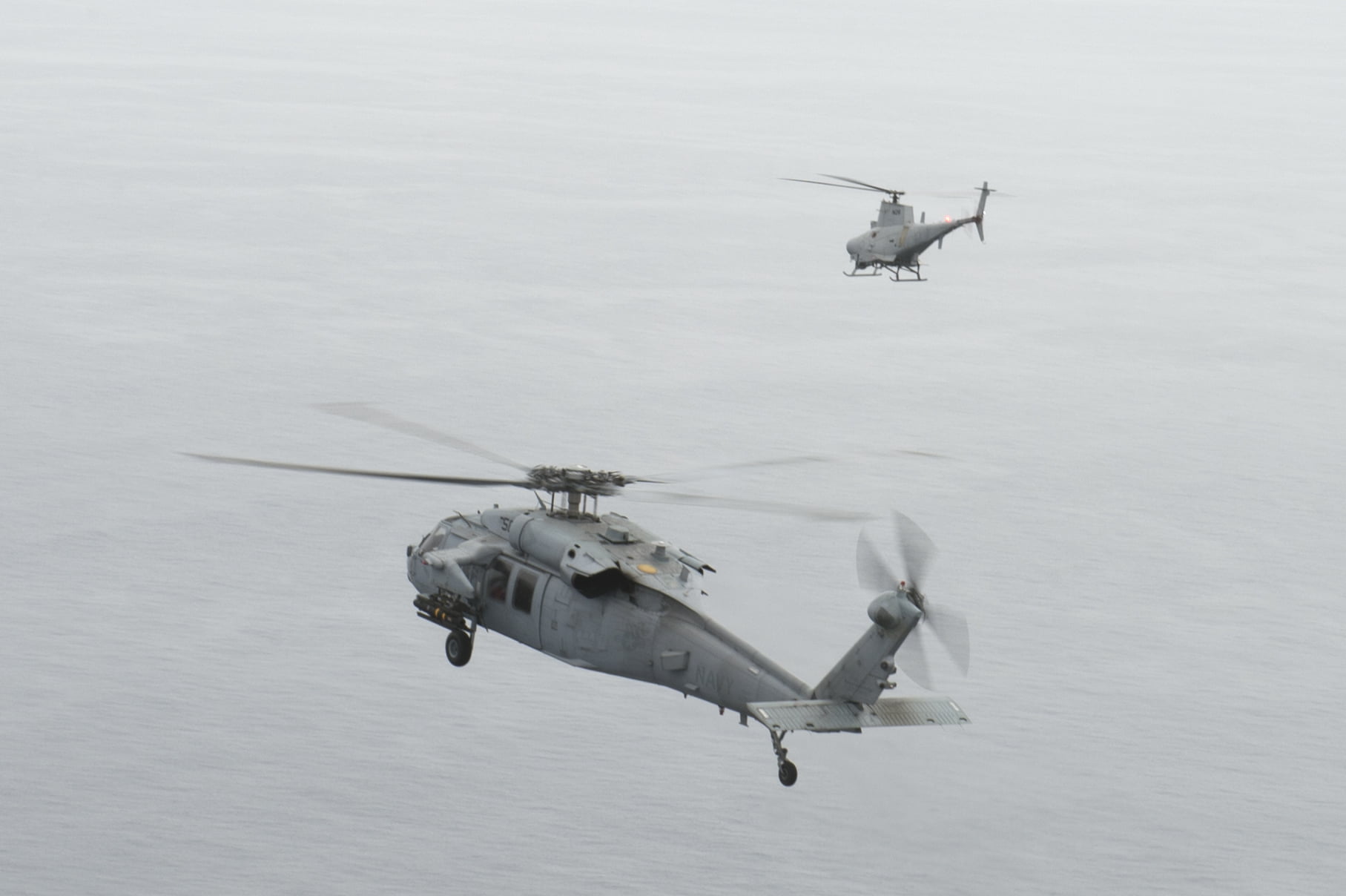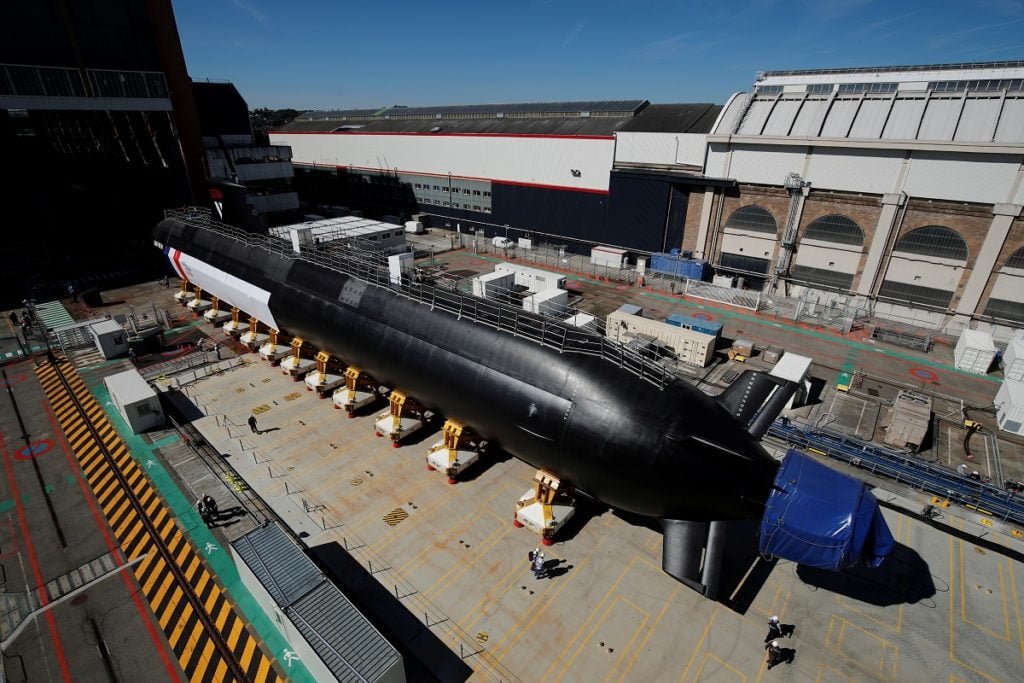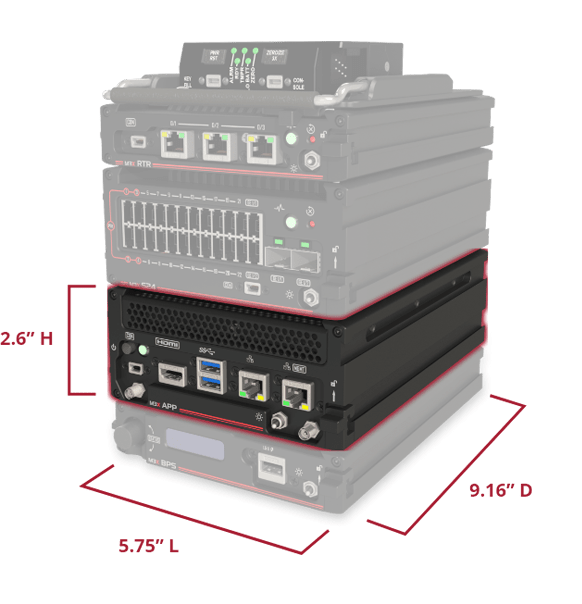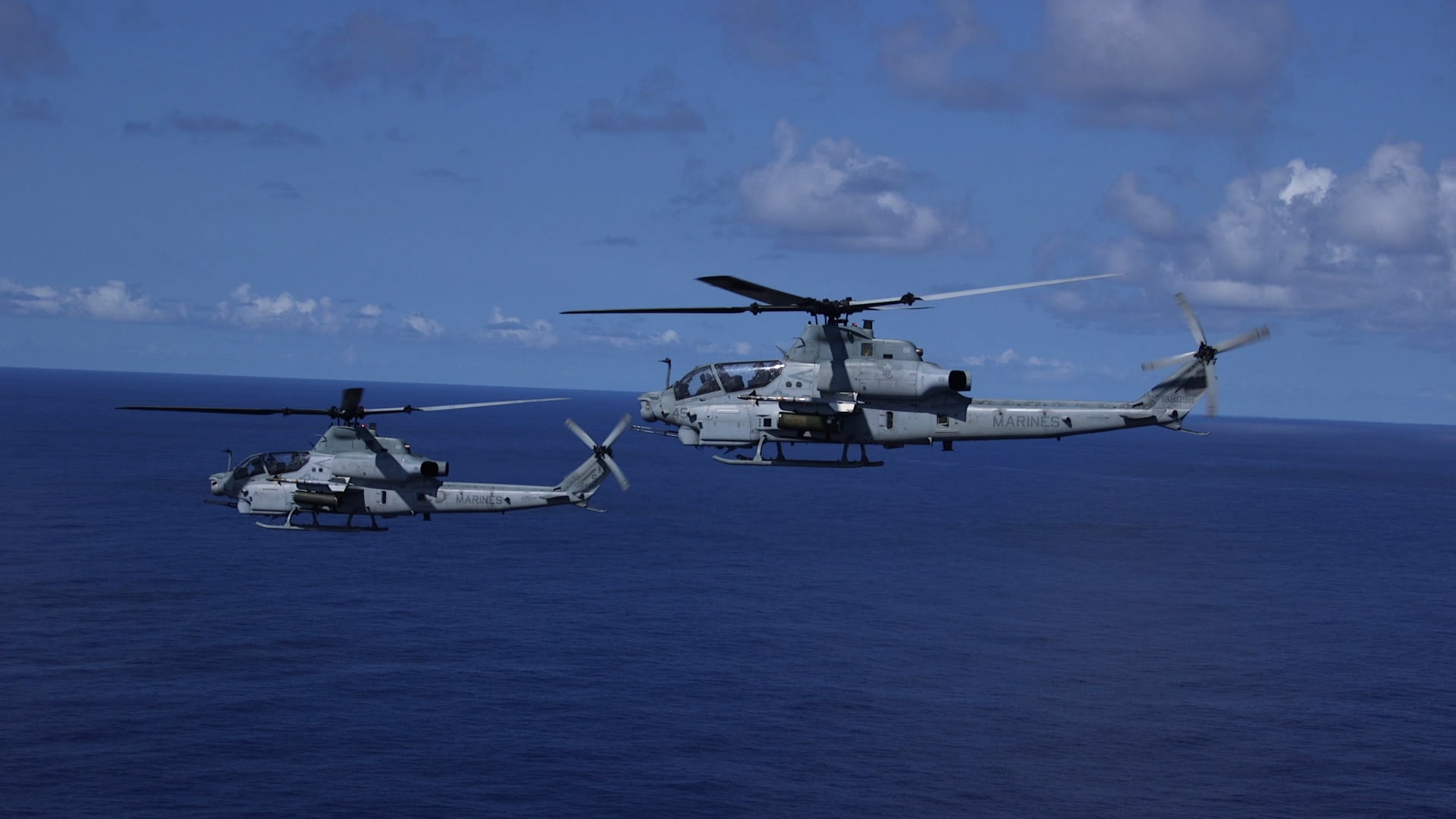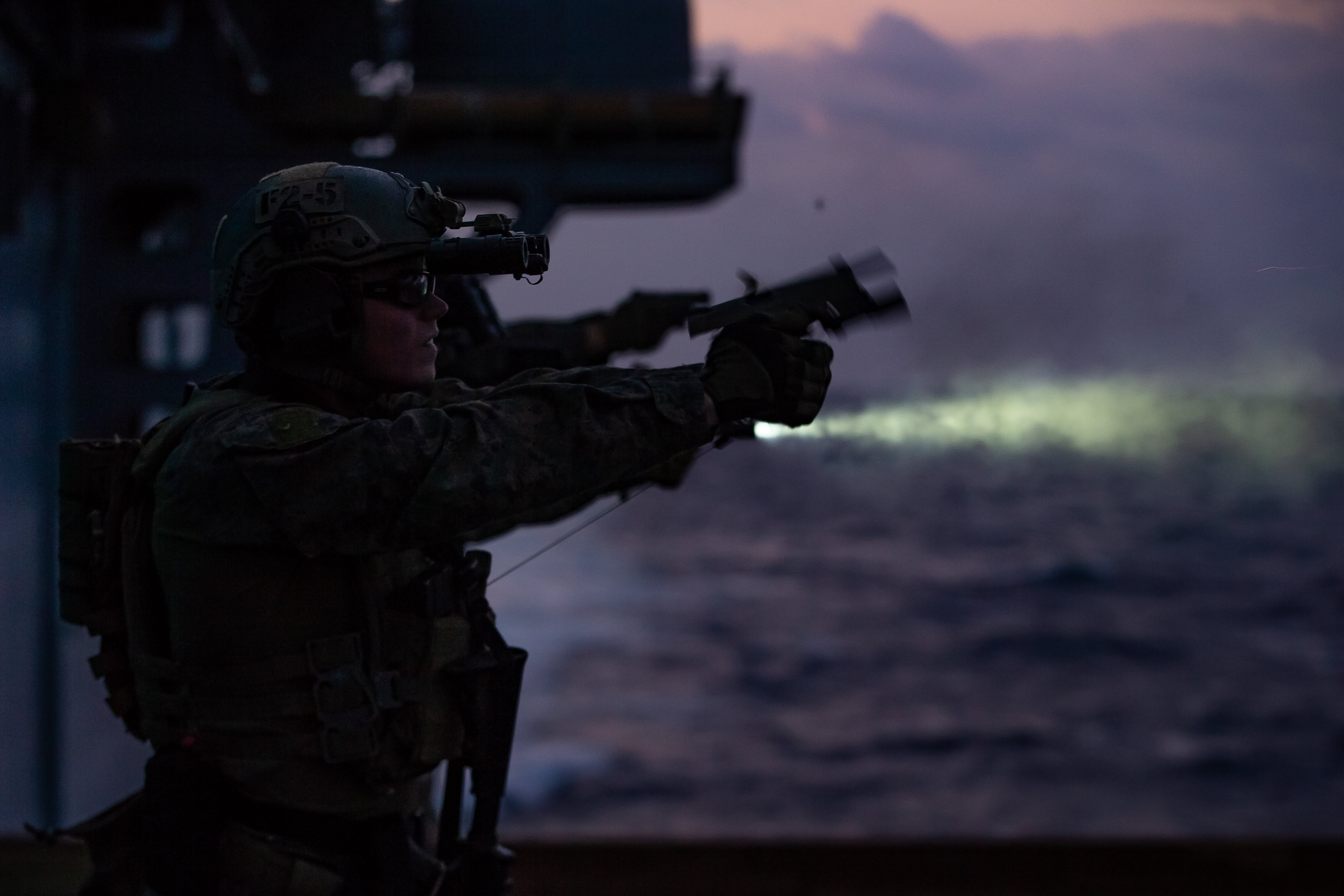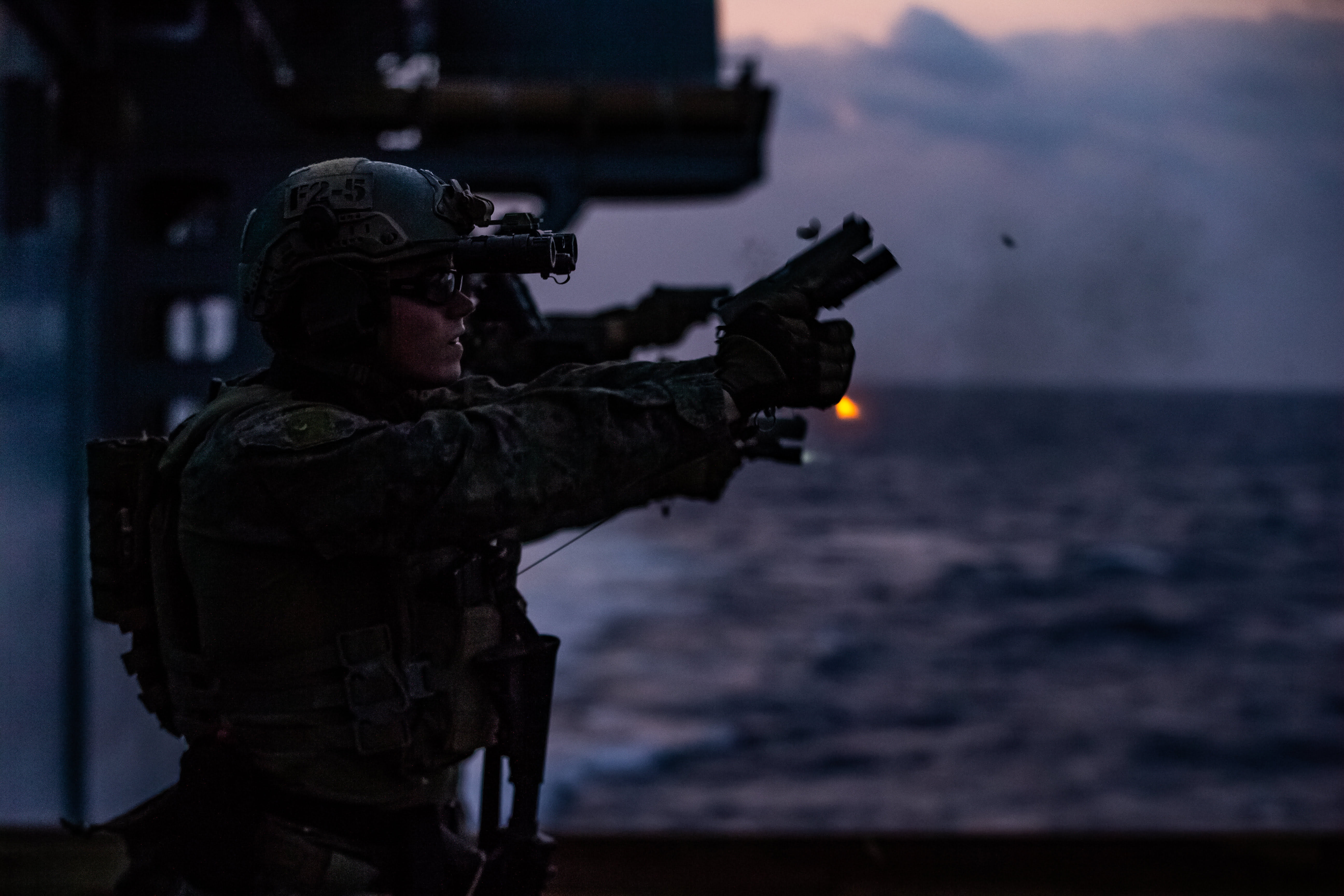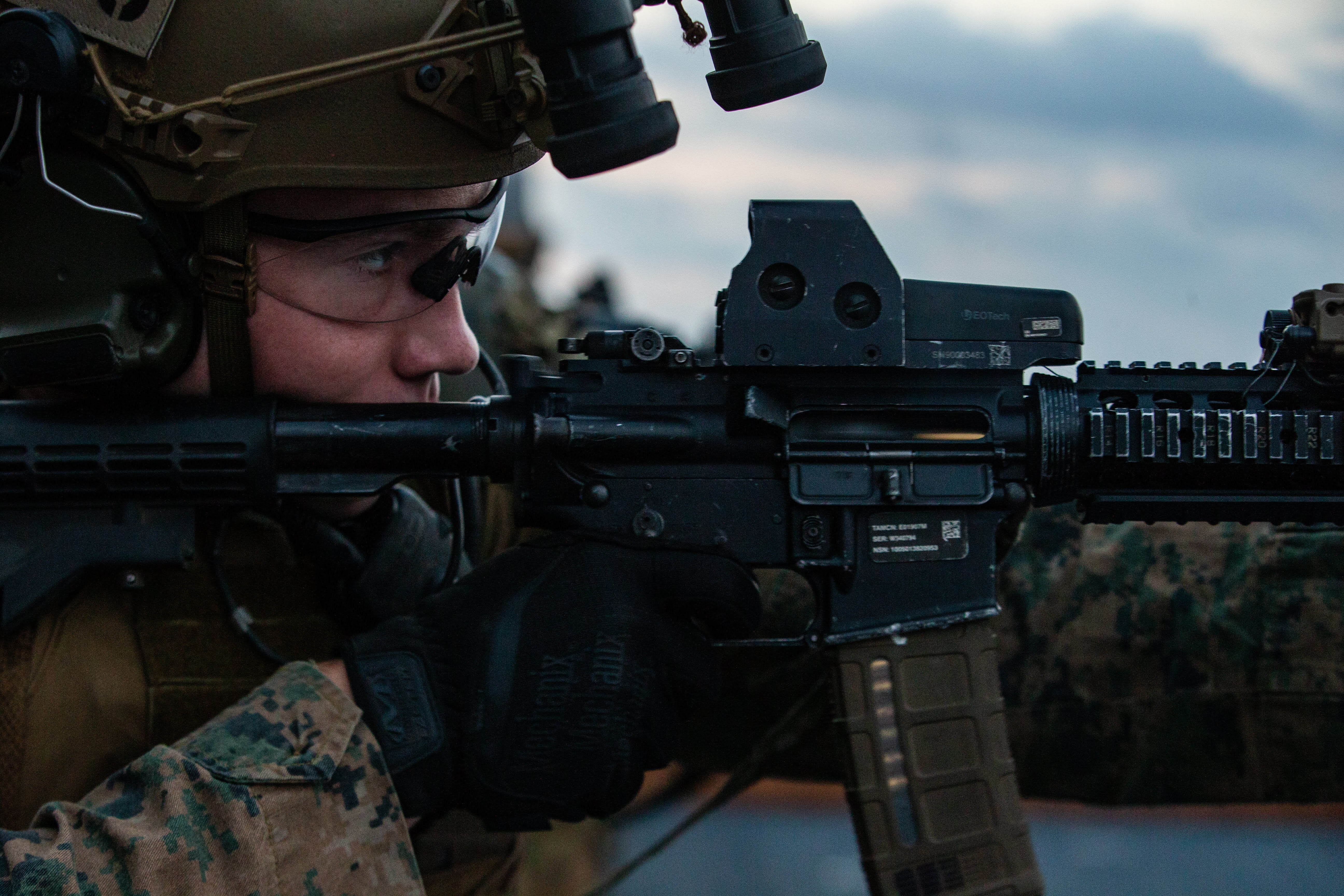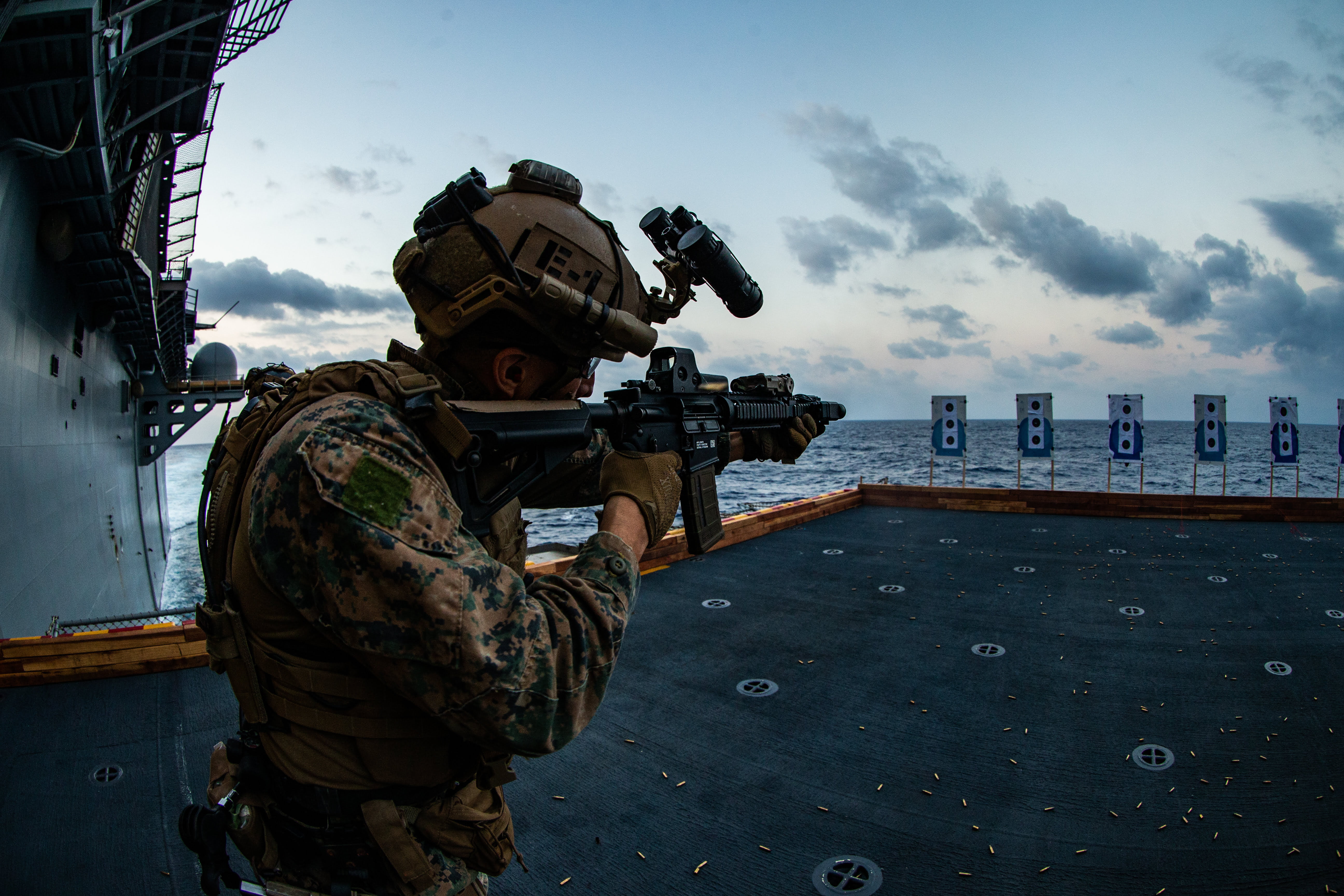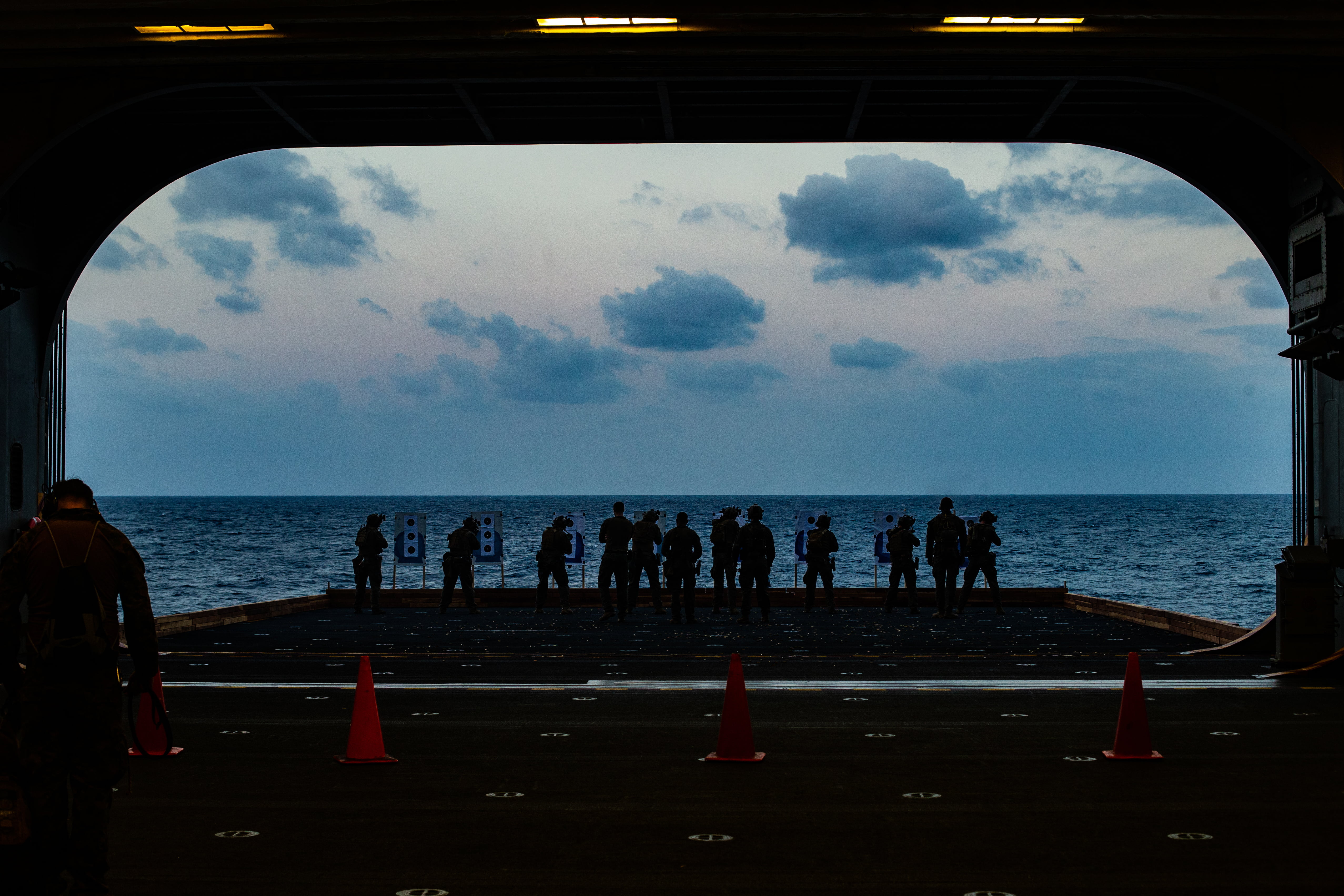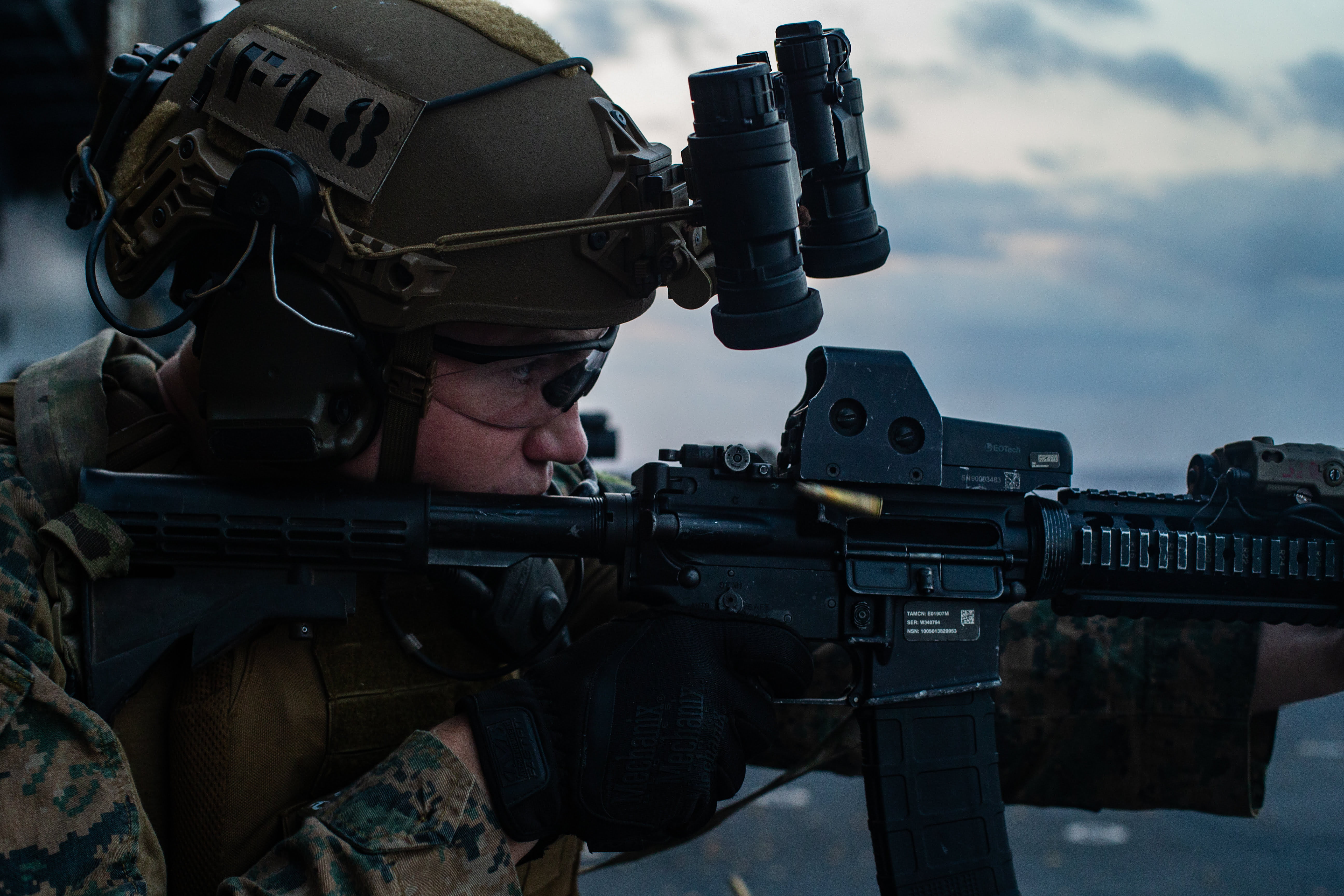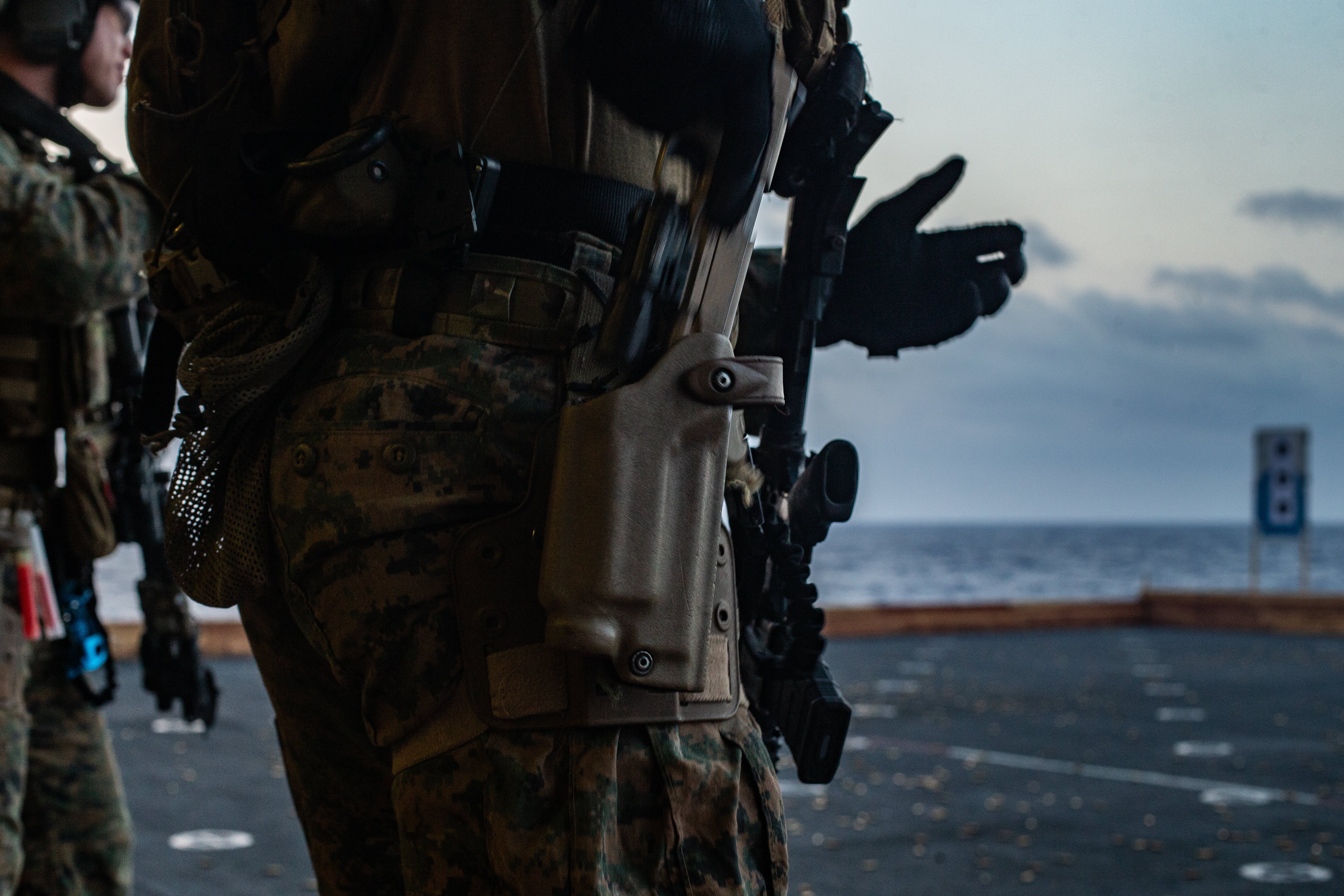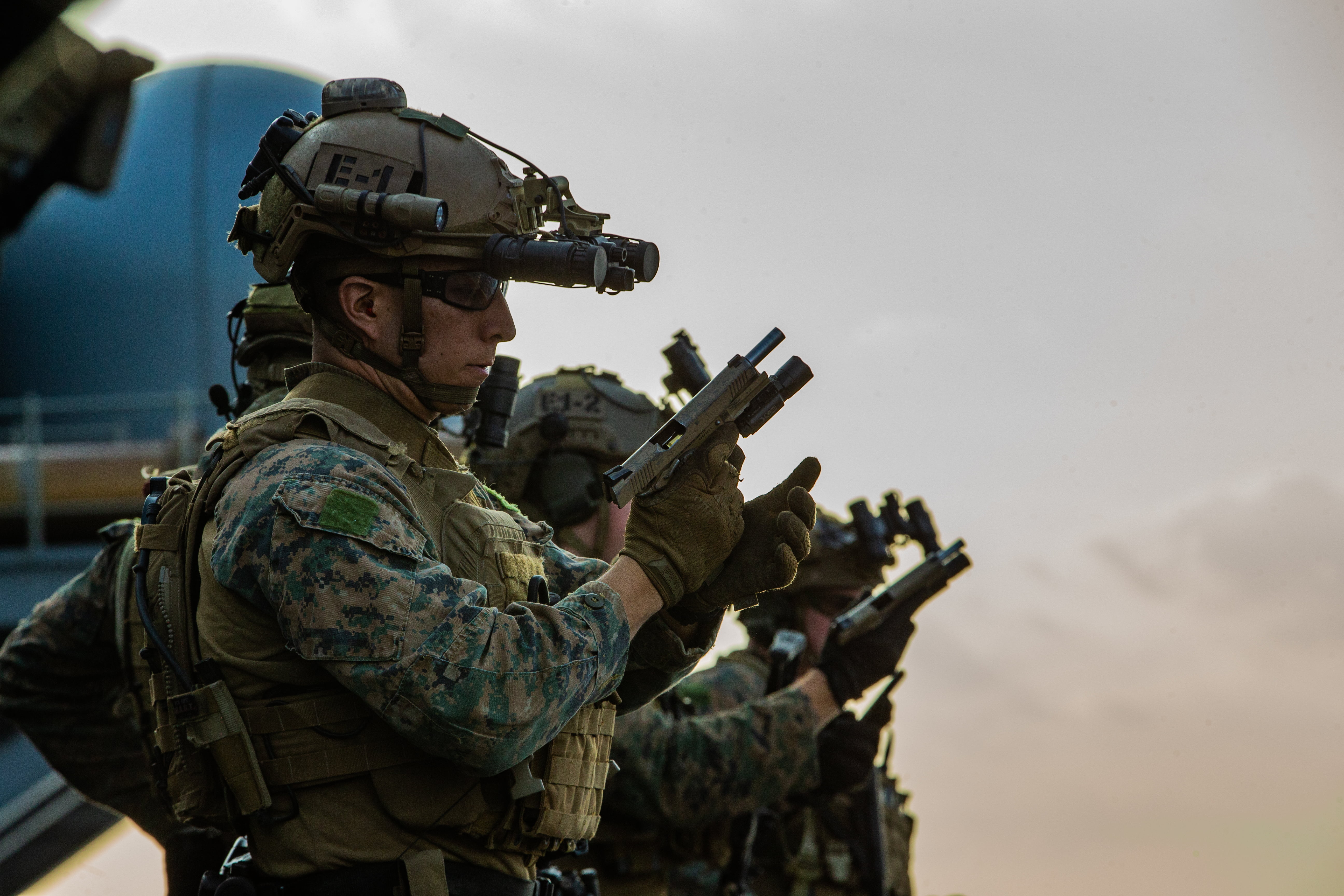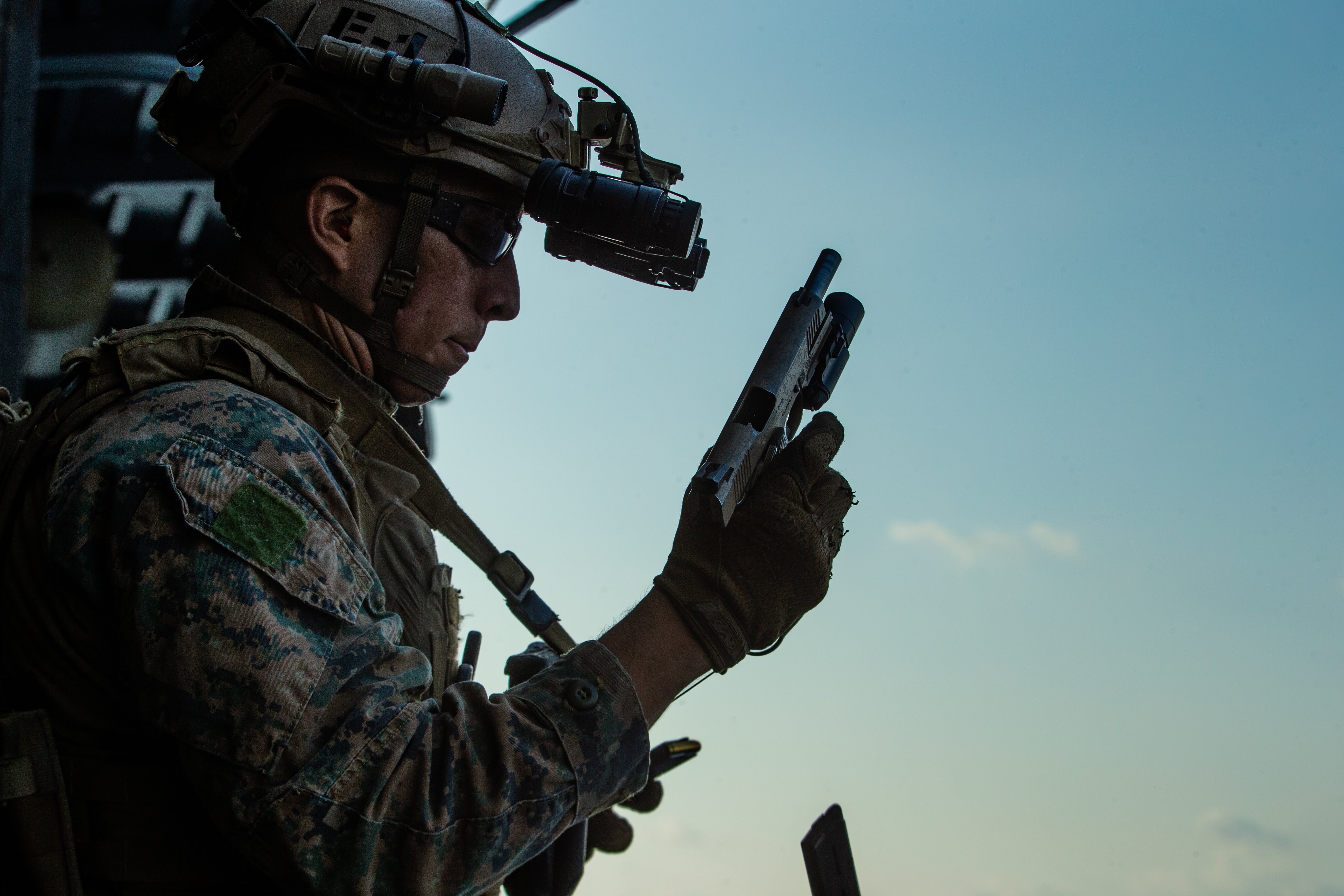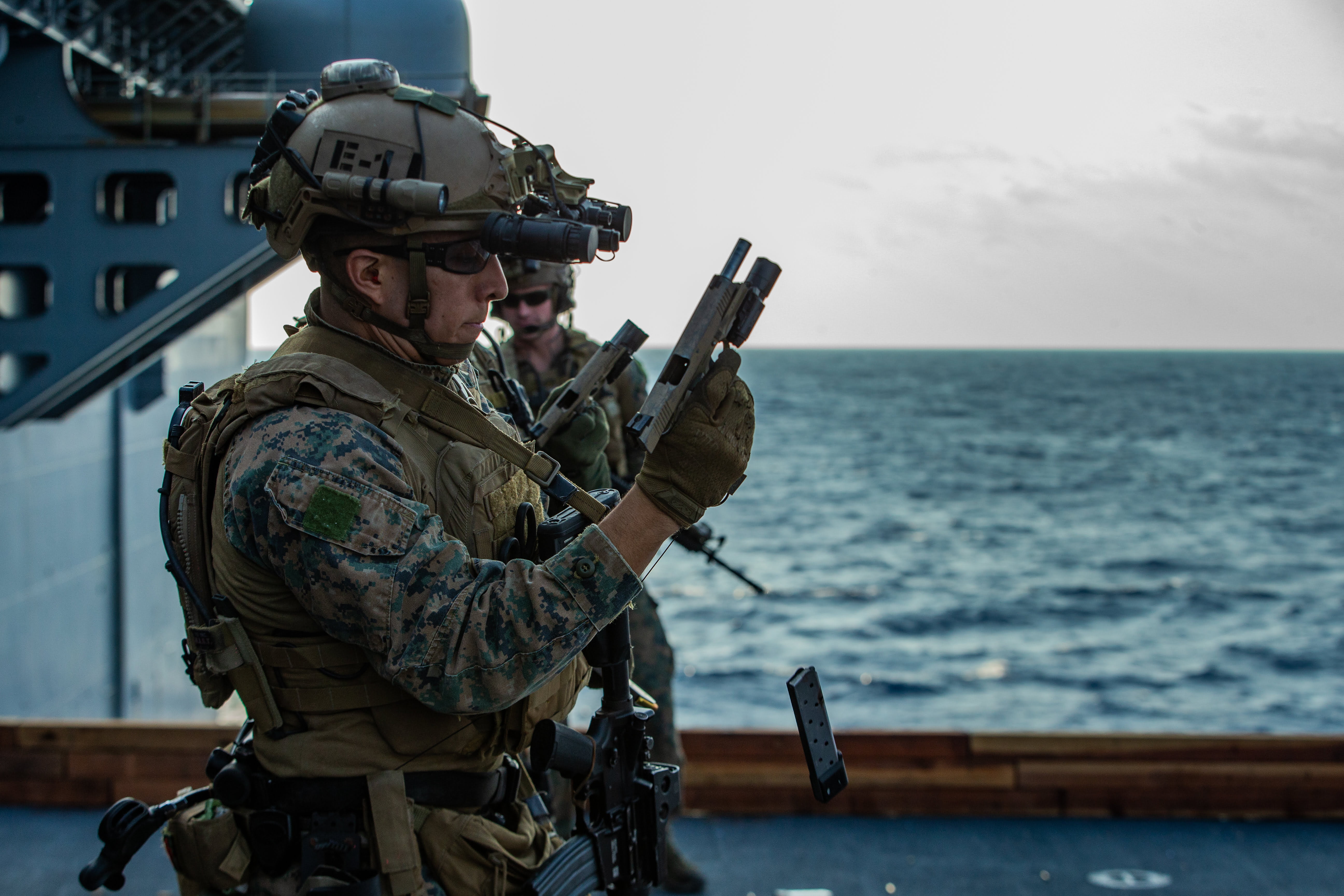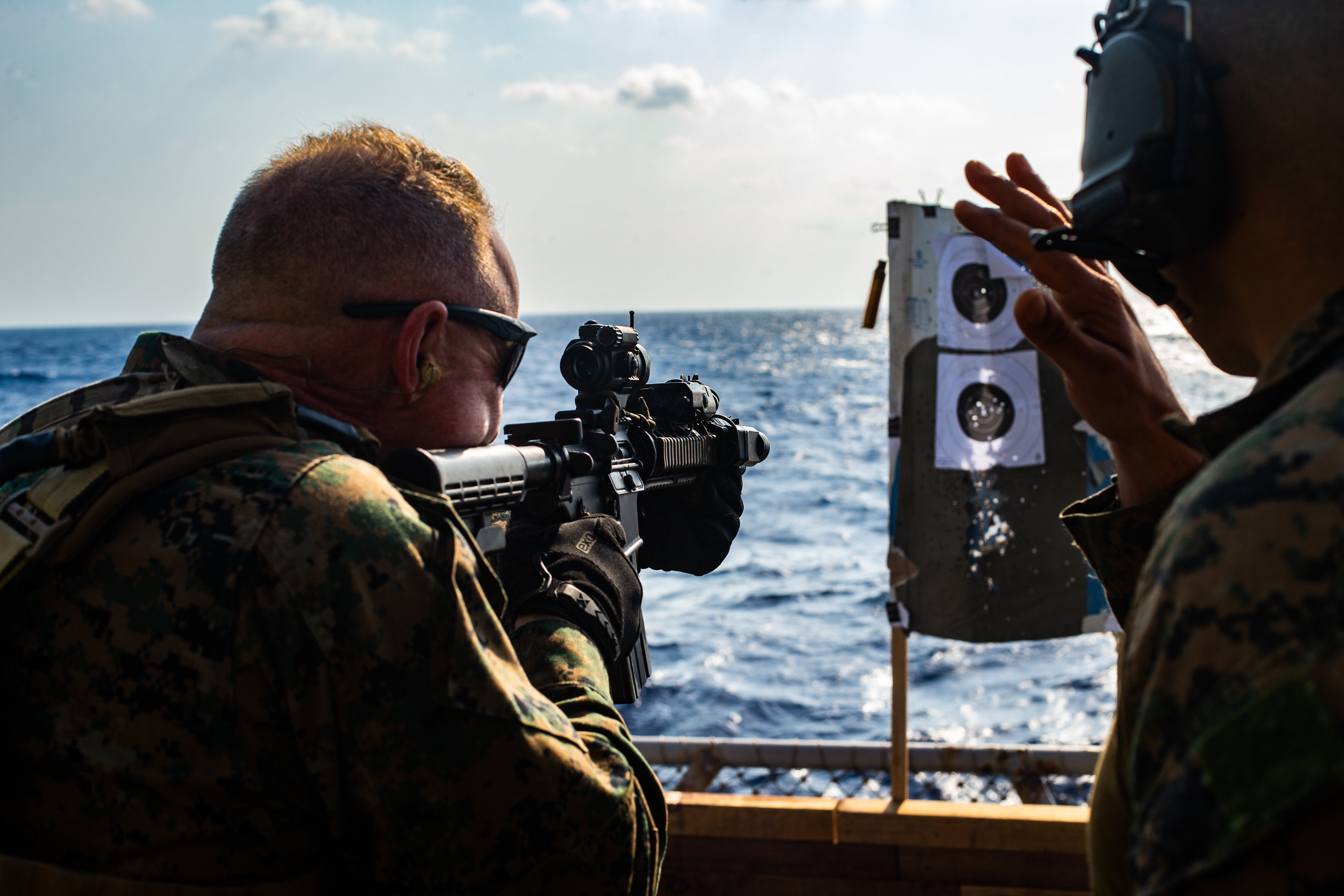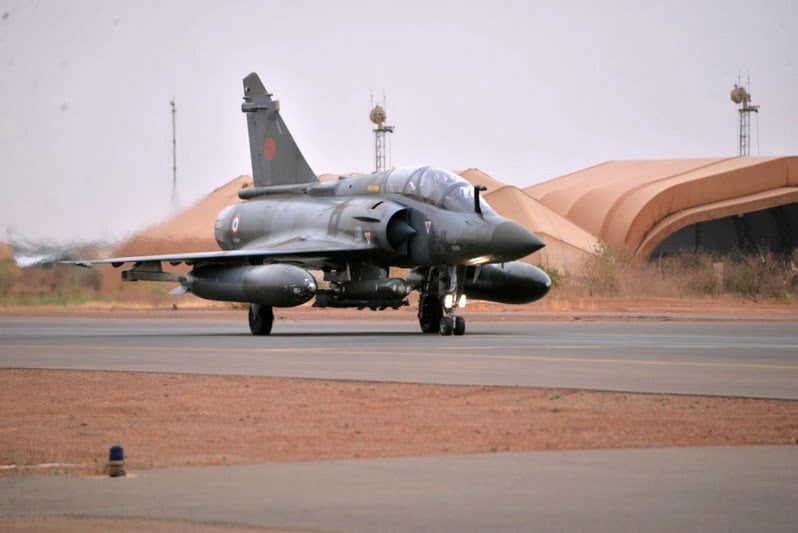By Robbin Laird
In a continuing discussion with the digital interoperability team in USMC Aviation’s Headquarters, we focused on the challenge of building beyond specific platform upgradeability to make these platforms selectively interoperable with similarly configured platforms.
What the team highlighted was that with a platform by platform approach, one was faced with a multiple-year upgrade process that required process whereby the platform’s avionics systems had to be rebuilt to add “after build” new systems for connectivity.
“In the legacy approach, when we want to put a new waveform onto a platform, we have to buy a dedicated radio for that waveform functionality.
“To do tight integration, we will need to open up the operational flight program and have to go through a significant testing program before it can be fielded. The typical timeline for this process is four years from start to finish.”
In effect, in my view, the legacy approach is to build out interoperability through such a process. One decides which core platforms need to have the same equipment to be able to interoperate with one another.
As the team put it: “Interoperability often is perceived as: “This aircraft, or this ship, or this tank needs to look like this other aircraft, or ship, or tank.” And that becomes translated into: “We all have to have the same radio or a radio capable of supporting that waveform.”
The distributed interoperability template seeks to shift toward force integrability as the focal point for network connectivity.
As the team highlighted: “When you talk Integratability, you don’t necessarily need that same hardware. You just need to be able to speak to one of those waveforms.”
They underscored how the shift to software re-programmable payloads enables integratability.
“With, a software re-programmable payload, one now has the ability within a transceiver to port the waveform capabilities into that transceiver. And one can run, in the MANGL case, seven different waveforms operating simultaneously, or one could run different instantiations of a single waveform if the mission calls for it.”
They provided an example of the modernization of Link-16, a process which could leave the US forces out of sync with specific allies. With the software re-programmable payload approach, one can run both the latest US version of Link 16 and whatever a specific ally is using with its variant of Link 16, which provides for Integratability.
With the legacy approach, the service is forced to tier its platforms and cue them up for modernization of its network engagement capabilities.
This not only creates under use of platforms for an integrated operation, but also ensures that the time lag to bring various platforms on line with other platforms will always be significant and never ending.
The team highlighted this challenge as follows:
“With the legacy approach. the service can’t afford to do everything all at once. For example, we will spend four years to modify an AV-8 and that will overlap with modifications V-22, or the 53, or the H-1. But aligning all of those could take 12 years, to get to the point where they’re all in the picture.
“Even today, we’ve been capable of doing some variation of digital close air support for 15 years or so.
“The H-1 still is not included that digital picture, because we don’t have enough money to do everything and it doesn’t rate high enough on the rack and stack approach for network investments on that platform. In effect, the service has to decide who is going to be the digital orphan.”
Such an approach also reduces the value of what the USMC can get from its flying sensor rack, the F-35.
The CNI system in the F-35 uses a modern approach to network operations through its CNI system, and can generate data across a wide range of networks, notably when not operating deep within contested air space.
To get the full benefit of what a four-ship integrated formation of F-35s can deliver, and then with the Block 4 software, what an 8-ship formation can deliver, the MAGTF needs concurrent modernization of its network operating capacities.
Unlike an interoperability effort where the focus can be seen the endless search for every platform to be able to work in every network, an integratability approach focuses on assessing which platforms do which tasks and what are the essential networks which need to be on those specific platforms allow for tailored integratability.
Such an approach is crucial to unearth the latent capability within the already extent force.
For example, onboard amphibious ships, the Seahawk helicopters play a key role in providing targeted situational awareness to the ship.
But onboard are a number of key Marine Corps aviation assets that it cannot tap into their capabilities to deliver enhanced combat capability.
Because today’s amphibious ship is not simply transiting the Marines from port to embarkation onload but are part of sea control and conflict at sea, clearly those Seahawks need to tap directly into the combat capability which say a Viper could provide for ship defense and sea control.
But this will not happen without network enablement of the assets onboard the amphibious ship.
The MANGL approach seeks to provide for such enablement.
At the heart of the change is understanding that will shaping a new payload approach, in this case cards enabling different wave forms, which can operate within a software re-programmable networking system, then the focus shifts from single platform connectivity management, to wave form distribution management.
Who needs what to do their core functions?
And what networks do they need access to and how will that enable what kind of task force Integratability?
This means as well that when one looks at the MANGL chart and sees a specific wave form associated with a set of platforms, which is more of placeholder than an end state.
The team underscored the importance of wave form flexibility in the evolution of the C2 enablement process.
“Our experience is that a lot of people see a particular wave form which we are adding and they argued that at that point we are done when we install that wave form.
“That is legacy thinking.
“We could completely gut a wave form from that architecture and replace it with waveform X.
“Or if the service has to take this force and operate in a high threat environment where the communications would need to be very hard to detect, with this approach, the service could instantiate a waveform within this structure that’s capable of doing that, thereby enabling effective operations within a relatively short-term effort.
“That’s not the case today.
“Today it’s going to be four years, and the service is not going to get all of those platforms aligned in that four-year timeframe.”
In a 2017 Williams Foundation Seminar on designing the integrated force, Air Commodore Chipman, formerly a Plan Jericho co-lead, and now in Brussels as the Australian Military Representative to NATO and the EU and is now Air Vice Marshal Chipman, the Australian military leader underscored the kind of outcome which the USMC is targeting as well.
“I don’t believe that we share a common understanding about integration across the ADF or with our international partners.
“We place too much emphasis on whole of system design, rather than prioritizing integration efforts.”
He argued that integration would progress with clear focus on clear and realistic priorities. And working organizationally to achieve core priorities would then open the pathway for accelerating real achievements with regard to decisive integration efforts.
Leveraging networks, leveraging sensors, and off boarding strike are key aspects of integrative behavior but sharing is not in and of itself integration. In many cases, collaboration is sufficient as the means to achieve the joint effect, rather than a whole of system design.
“We need to integrate sufficiently to take advantage of networked capability.”
The Marines through their digital interoperability initiative and working this problem.
The featured photo shows an MQ-8B Fire Scout unmanned aerial vehicle, top, conducting laser designation of an AGM-114 Hellfire missile for an MH-60S Sea Hawk helicopter attached to the amphibious assault ship USS America (LHA 6) off the coast of San Clemente Island. Both Aircraft are operated by HSC-23, demonstrating the tactical application of integrated manned and unmanned platforms. (U.S. Navy photo by Mass Communication Specialist Third Class Trenton J. Kotlarz). The DI side of this can provide tailored force packing inclusive of this capability but also for such a pairing to tap into the capabilities of USMC aviation platforms onboard the amphibious ship as well.
Also, see the following:
USMC’s Digital Interoperability Initiative and Effort



